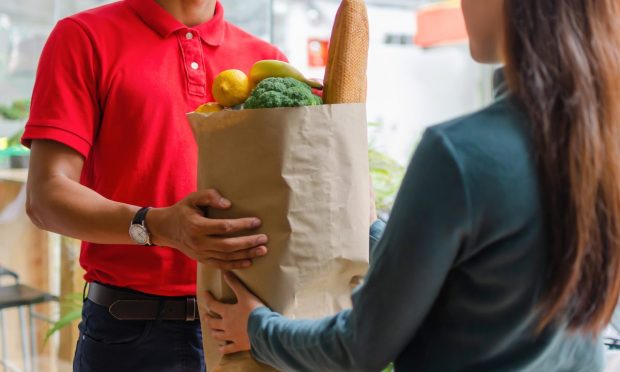Aggregators’ Growth Shows Delivery Habits Buck the Great Reopening

The great reopening — of restaurants, of pharmacies and groceries — has not dented consumers’ to get doorstep delivery of essentials.
That sentiment is borne out by recent results from DoorDash, Uber and others, indicating that double-digit growth has been the norm even as the pandemic recedes a bit and restrictions and lockdowns are lifted.
To be sure, growth rates are slowing, but it must be noted that the slowdowns are lapping the spring of 2021, which in turn had shown triple-digit growth.
But a rising tide is not lifting all boats, as it is the bigger, deeper pocketed players that are reaping the benefits, while smaller upstarts promising shorter delivery windows are crashing and burning.
In the latest bit of evidence, DoorDash’s revenues in the latest quarter were up 35%, as measured year over year. Earnings materials from the company show that orders were up 23% in the same period, while total marketplace gross order value was up 25%.
Uber, in its own results, said that Eats gross bookings were up 31%, and delivery was up 23%.
Thus far, then, delivery is proving to be an ingrained habit, even as diners come back to the (literal) restaurants’ tables, and even as prices soar.
Habit Forming
Habits, we might say, are the behaviors we embrace when there are other options available. The urge to order in, to have what we need brought to us, has now become a habit. The great reopening has given us a range of options — and yet, as joint research from PYMNTS and Paytronix shows, consumers are ordering in more often than they did before March 2020. The research finds 28% are delivery ordering via aggregators more often. And overall, only 8.5% of respondents are ordering through the aggregators less often than they did before the pandemic.
Read also: 36% of Consumers Use Mobile Order-Ahead for Restaurant Meals More Often
And Yet …
But there are signs that other delivery and aggregation players are struggling, relatively speaking, which indicates jockeying for market share, and also that consumers remain loyal to certain platforms. Just Eat Takeaway.com reported in its latest quarterly report that gross transaction values were up 4%. There’s been a “higher than normal absolute churn level” in the current fiscal year.
And the promise of growth, in other areas, may not come to fruition so easily. As reported earlier in the year, delivery startup JOKR, promising delivery to NYC doorsteps in 15 minutes, is reportedly scouting buyers for its city operations. Doing business there is expensive and losses are growing (though the company still operates in Boston). And, elsewhere, instant delivery platform Gopuff undertook several rounds of job cuts and management has noted in the mainstream press that delivery remains a complex challenge that takes a lot of capital. It takes money to make money, as they say — and some thrive, while others strive to survive.
See also: Gopuff’s Fast-Delivery Model Gets Tested in Changing Environment
